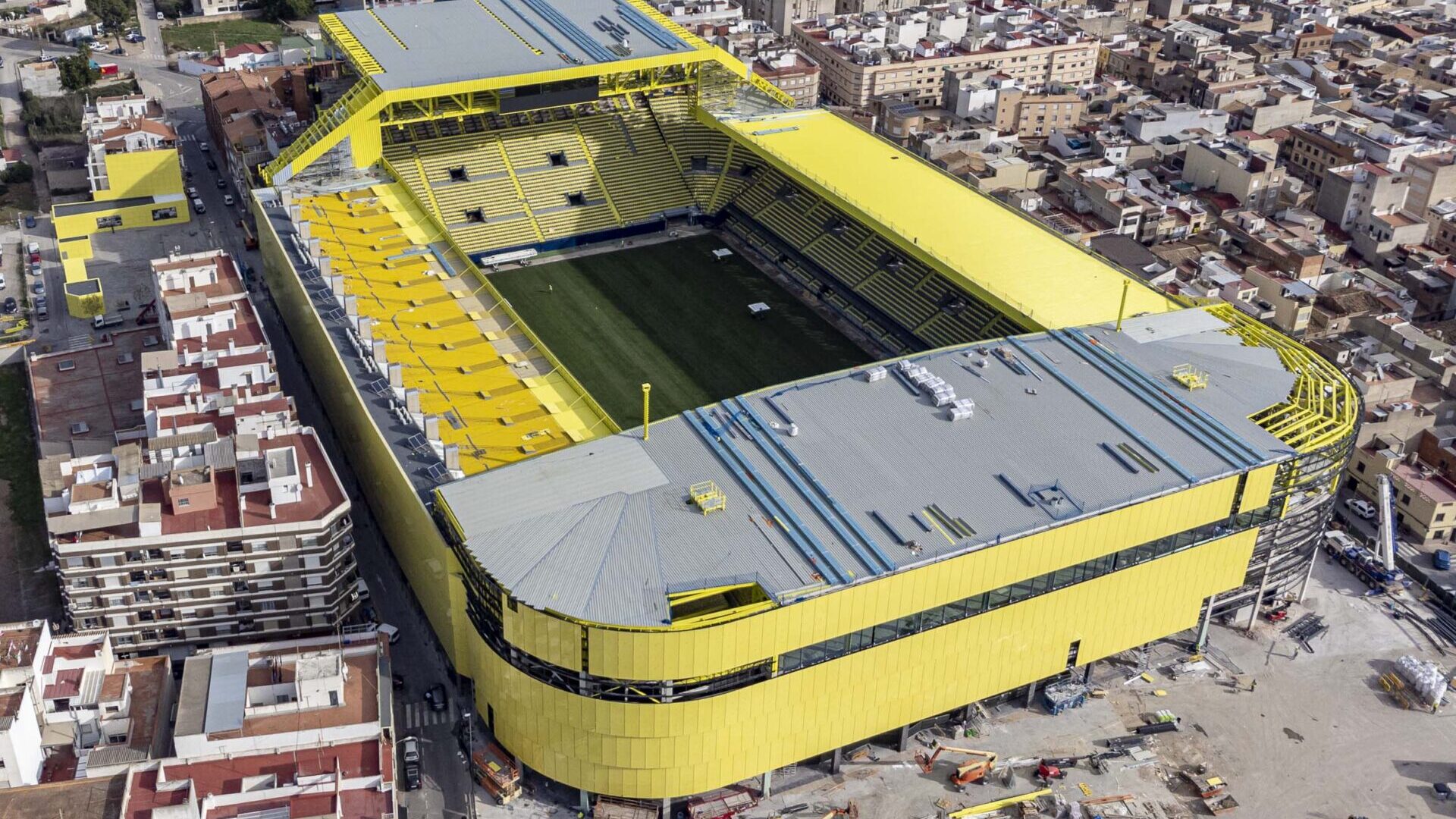Villarreal is a living reminder that the successes of “small teams” like Steaua in ’86 or Crvena Zvezda in 1991 are still possible today, when modern football is dominated by other factors. The team was formed in 1923 and has not left its home since then – El Madrigal is the stadium where the club from the small town of Castellón “flirted” for more than 70 years before seeing more serious action.
For aesthetic-functional progress from a small stadium that essentially consisted of a field surrounded by a yellow fence, to something that would look like a stadium, El Madrigal waited for 30 years, that is, until the middle of the last century in which it got a grandstand, and ten years later the new covered north stand appears. In 1972, after Villarreal managed to stay in the Second Football Division for two seasons in a row, “El Madrigal” grew and was enriched with another, southern stand, as well as floodlights sponsored by the city municipality. Until the beginning of the 90s, the stadium suffered several more corrections, and the most interesting in this period, besides the several restorations of the stands or their demolition and the construction of new and bigger ones, is that for the first time in this period, Villarreal played in a stadium that contained booths for changing clothes as a content integrally incorporated in one of the stands.
Namely, from 2023, Villarreal plays its matches at the completely reconstructed “Estadio de la Ceramica” stadium, the place where some of the most memorable matches were played in the 21st century, and since two seasons ago, the Europa League trophy has been in the trophy room.
Work on the expansion of the “Estadio de la Ceramica” began on 16 May 2022, the day after Villarreal played its last home league game of the 2021/22 season. Before the works, several buildings were purchased next to the stadium. The main contractor is the local company “Alviben”, and the construction was completed at the end of December 2022, just in time for 2023, when both the club and the stadium will celebrate their 100th anniversary.

The total costs of Villarreal’s reconstruction cost around 35 million euros, and the capacity of the stadium will be 24,890 seats, and what is even more important, the atmosphere will be more hellish than before.
This is where Villarreal has been playing home matches since its foundation. It has been renovated several times in the past, and the ongoing transformation is the most significant to date.
During the works, Villarreal temporarily moved to Valencia, where they played their home games at the Levante stadium and achieve good results, taking into account 10 of the possible 12 points won in home matches.



